Home>Furniture & Design>Interior Design Trends>How Does A Magnifying Glass Work
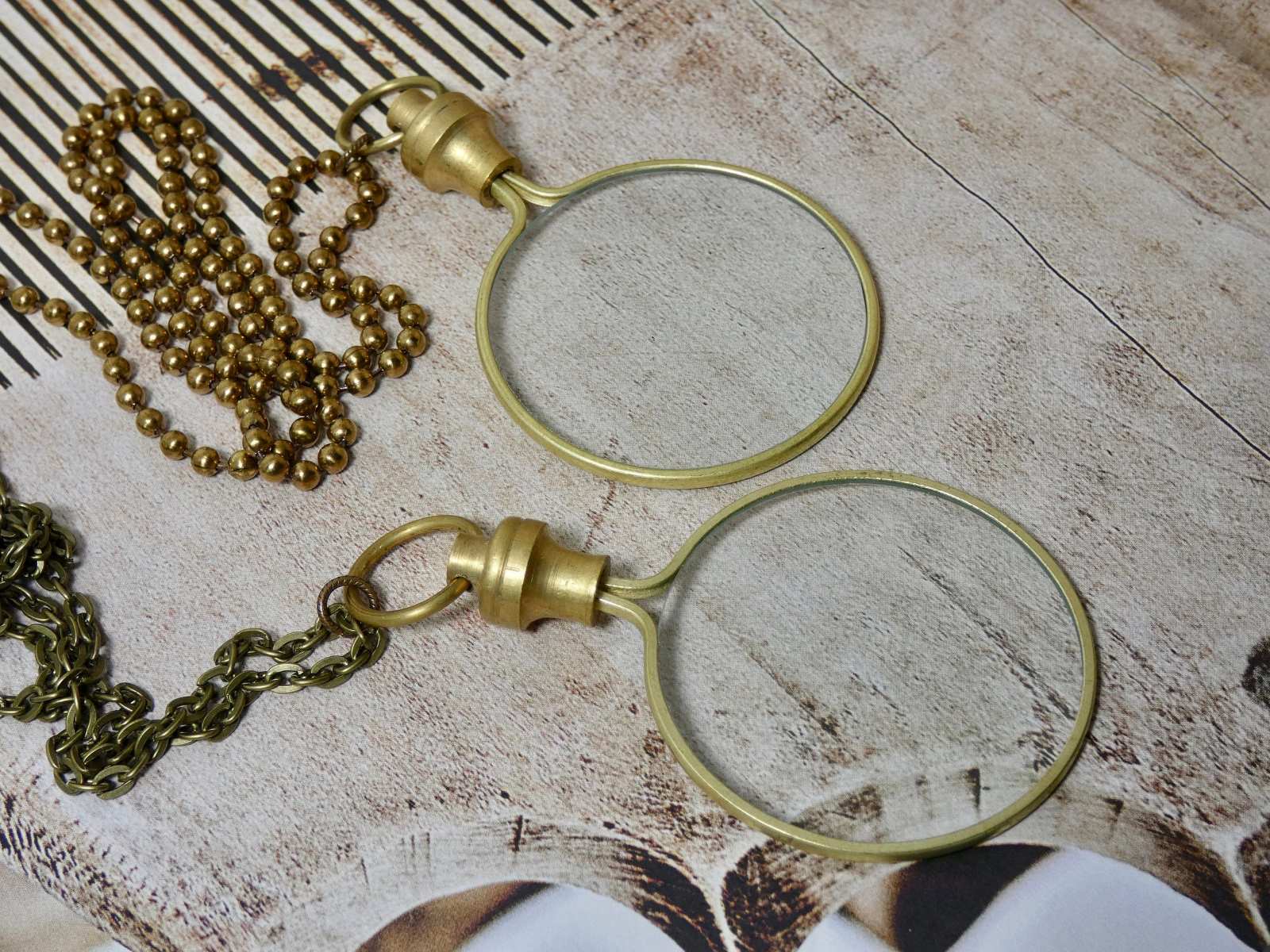

Interior Design Trends
How Does A Magnifying Glass Work
Published: February 3, 2024
Discover how a magnifying glass works and explore the latest interior design trends. Learn about the science behind magnification and stay updated on the newest trends in interior design.
(Many of the links in this article redirect to a specific reviewed product. Your purchase of these products through affiliate links helps to generate commission for Storables.com, at no extra cost. Learn more)
Introduction
A magnifying glass is a simple yet remarkable tool that has fascinated and served humanity for centuries. Its ability to make small objects appear larger has made it indispensable in various fields, from science and medicine to art and everyday tasks. Understanding how a magnifying glass works involves delving into the intriguing interplay of light and lenses, as well as the fundamental principles of magnification.
The allure of a magnifying glass lies in its seemingly magical ability to reveal intricate details that are otherwise imperceptible to the naked eye. Whether it's examining tiny insects, deciphering minuscule text, or scrutinizing the delicate features of a precious gemstone, the magnifying glass opens up a world of hidden wonders.
In this article, we will embark on a captivating journey to unravel the mysteries behind the functioning of a magnifying glass. We will explore the basic components of this optical instrument, delve into the scientific principles that govern its magnifying capabilities, and shed light on the fascinating ways in which light interacts with the lens to produce magnified images.
Join us as we embark on an illuminating exploration of the science, art, and practical applications of the humble yet extraordinary magnifying glass. Through this journey, we will gain a deeper appreciation for the ingenuity of this timeless invention and the myriad ways it enriches our lives.
Key Takeaways:
- The magnifying glass works by bending light to make small objects appear larger, revealing hidden details and aiding in tasks like reading fine print and inspecting jewelry.
- Its applications span from scientific research to everyday tasks, showcasing its versatility and impact in enhancing our ability to observe and appreciate the finer details of the world.
Read more: How To Make A Magnifying Glass
The Basics of a Magnifying Glass
A magnifying glass, often referred to as a hand lens, is a simple optical device that consists of a single convex lens mounted within a frame or handle. The lens is typically made of glass or plastic and is curved outward, causing light rays passing through it to converge. This convergence of light is what enables the magnifying glass to produce magnified images of objects placed beneath it.
The key to the magnifying glass's magnifying power lies in its ability to bend or refract light. When an object is viewed through the convex lens of a magnifying glass, the light rays emitted or reflected by the object are refracted, or bent, as they pass through the lens. This refraction causes the rays to converge, or come together, at a specific point called the focal point. At this focal point, the rays intersect and form an enlarged, virtual image of the object, which appears larger and more detailed than its actual size.
The magnification achieved by a magnifying glass is determined by the curvature of the lens and its focal length. A lens with a greater curvature, or more pronounced outward bulge, will bend light more sharply, resulting in a higher degree of magnification. Similarly, a shorter focal length, which is the distance between the lens and its focal point, will produce greater magnification.
In addition to magnifying small objects, a magnifying glass can also be used to inspect fine details, such as the texture of a surface or the intricacies of a miniature artwork. Its portability and ease of use make it a versatile tool for a wide range of applications, from examining tiny insects and plants to reading fine print and inspecting jewelry and collectibles.
The simplicity and effectiveness of the magnifying glass have made it a timeless tool that continues to find utility in various fields, including science, education, art, and everyday tasks. Its role in enabling us to explore the minutiae of the world around us underscores the enduring significance of this unassuming yet indispensable optical instrument.
The Science Behind Magnification
The science behind magnification encompasses the fascinating principles of optics and light behavior that govern the functioning of a magnifying glass. At the heart of this science lies the interaction between light and the convex lens of the magnifying glass, which results in the magnification of objects placed beneath it.
When an object is viewed through the convex lens of a magnifying glass, the light rays emitted or reflected by the object undergo a process known as refraction. This process involves the bending of light as it passes through the curved surface of the lens. The curvature of the lens causes the light rays to converge, or come together, at a specific point known as the focal point. At this focal point, the rays intersect and form an enlarged, virtual image of the object being observed.
The magnification achieved by a magnifying glass is directly related to the curvature of the lens and its focal length. A lens with a greater curvature will bend light more sharply, resulting in a higher degree of magnification. Similarly, a shorter focal length, which is the distance between the lens and its focal point, will produce greater magnification. These fundamental principles of lens curvature and focal length form the basis of the magnifying glass's ability to enlarge and reveal intricate details of small objects.
Moreover, the magnification process is governed by the relationship between the object distance, the image distance, and the focal length of the lens, as described by the lens equation. This equation, derived from the principles of geometric optics, provides a mathematical framework for understanding and predicting the magnification produced by a given lens.
In essence, the science behind magnification involves the manipulation of light rays by the convex lens to produce an enlarged virtual image of the object. This process is underpinned by the principles of refraction, focal points, and lens geometry, all of which contribute to the magnifying power of the lens.
By unraveling the science behind magnification, we gain a deeper appreciation for the intricate interplay of light and lenses that enables the magnifying glass to reveal the hidden intricacies of the world around us. This understanding underscores the profound impact of optical principles on our ability to explore and appreciate the minute details that enrich our lives.
The magnifying glass works by bending light rays, making objects appear larger. The lens of the magnifying glass is curved, which causes the light to converge and create a magnified image.
How Light Interacts with a Magnifying Glass
When light interacts with a magnifying glass, it undergoes a fascinating transformation that enables the lens to produce magnified images of objects. The process begins as light rays emitted or reflected by an object pass through the convex lens of the magnifying glass. As the light encounters the curved surface of the lens, it undergoes a phenomenon known as refraction.
Refraction is the bending of light as it passes from one medium to another, in this case, from air to the material of the lens. The curvature of the lens causes the light rays to bend, or refract, as they enter the lens. This bending of light is essential to the magnification process, as it determines how the rays converge and interact within the lens.
As the refracted light rays travel through the lens, they converge at a specific point known as the focal point. This convergence is a result of the curvature of the lens, which causes the light rays to intersect at a particular distance from the lens. At the focal point, the refracted rays come together and form an enlarged, virtual image of the object being observed.
The magnified image produced by the magnifying glass is a result of this convergence of light at the focal point. The virtual image appears larger and more detailed than the actual object, allowing the observer to discern fine details and intricacies that would otherwise be imperceptible to the naked eye.
The interaction of light with the magnifying glass is governed by the fundamental principles of optics, including refraction, focal points, and lens geometry. These principles dictate how the curved surface of the lens manipulates light rays to produce magnified images. The curvature of the lens, in particular, plays a crucial role in determining the degree of magnification achieved.
In essence, the process of light interacting with a magnifying glass is a captivating interplay of refraction and convergence that transforms ordinary light rays into magnified images. This transformation underscores the remarkable ability of the magnifying glass to reveal the hidden intricacies of the world around us, offering a closer look at the beauty and complexity of small-scale phenomena.
By understanding how light interacts with a magnifying glass, we gain insight into the optical phenomena that underpin the magnification process. This knowledge deepens our appreciation for the ingenious fusion of light and lenses that empowers the magnifying glass to unveil the captivating details that enrich our perception of the world.
Applications of Magnifying Glasses
The applications of magnifying glasses span a diverse array of fields and activities, showcasing the versatility and practical utility of this simple yet powerful optical tool. From scientific research and exploration to everyday tasks and hobbies, magnifying glasses play a pivotal role in enhancing our ability to observe, analyze, and appreciate the finer details of the world around us.
In the realm of science and research, magnifying glasses are indispensable tools for examining specimens, conducting detailed observations, and analyzing intricate structures. In biology, researchers and students use magnifying glasses to study the delicate features of plants, insects, and other organisms, gaining valuable insights into their morphology and behavior. Similarly, in geology and mineralogy, magnifying glasses are employed to scrutinize the textures, patterns, and mineral compositions of rocks and minerals, aiding in the identification and classification of geological specimens.
In the field of medicine, magnifying glasses are utilized for close examination of skin lesions, wounds, and other dermatological conditions. Dermatologists and healthcare professionals rely on magnifying glasses to assess the characteristics of skin abnormalities, facilitating accurate diagnosis and treatment. Moreover, in surgical procedures and microsurgery, magnifying glasses equipped with precision optics enable surgeons to perform intricate procedures with enhanced visual acuity and precision.
Beyond scientific and medical applications, magnifying glasses find widespread use in various everyday tasks and activities. In the realm of craftsmanship and artisanal work, jewelers, watchmakers, and artisans utilize magnifying glasses to inspect and work on intricate components with precision and attention to detail. Similarly, in the world of numismatics and philately, collectors and enthusiasts rely on magnifying glasses to examine the fine details and imperfections of coins, stamps, and other collectible items.
Furthermore, magnifying glasses are invaluable aids for individuals with visual impairments, offering enhanced magnification and clarity for reading, writing, and engaging in hobbies. In educational settings, teachers and students utilize magnifying glasses to explore the microscopic world, conduct hands-on experiments, and delve into the realms of biology, chemistry, and physics.
In the realm of art and creativity, magnifying glasses serve as tools for artists and designers to scrutinize intricate details, evaluate color nuances, and refine their creative endeavors. Whether it's examining brushstrokes on a masterpiece or analyzing the intricate patterns of a textile, magnifying glasses provide a closer look at the artistic elements that define creative works.
The applications of magnifying glasses extend into the realm of exploration and discovery, where researchers, adventurers, and outdoor enthusiasts rely on these optical tools to observe and appreciate the intricacies of the natural world. From examining plant specimens in the wilderness to scrutinizing geological formations, magnifying glasses enable individuals to gain a deeper understanding of the environments they encounter.
In essence, the applications of magnifying glasses encompass a rich tapestry of scientific, artistic, practical, and exploratory endeavors, highlighting the indispensable role of these optical tools in enriching our understanding and engagement with the world. Whether in the hands of a scientist, a craftsman, a student, or a nature enthusiast, the magnifying glass continues to be a timeless instrument that unlocks the hidden wonders and intricacies of our surroundings.
Read more: How To Start A Fire With A Magnifying Glass
Conclusion
In conclusion, the magnifying glass stands as a testament to the captivating fusion of science, art, and practical utility. Its ability to reveal the hidden intricacies of the world around us, from the microscopic wonders of nature to the delicate details of human craftsmanship, underscores its enduring significance as a timeless optical tool.
Through our exploration of the basics of a magnifying glass, the science behind magnification, and the interaction of light with this remarkable instrument, we have gained a deeper appreciation for the ingenious principles that govern its functioning. The convergence of light rays at the focal point of the convex lens, the process of refraction, and the interplay of lens curvature and focal length all contribute to the magnifying power of this deceptively simple yet powerful tool.
Furthermore, our journey through the diverse applications of magnifying glasses has illuminated the far-reaching impact of these optical instruments across various domains. From scientific research and medical diagnostics to artisanal craftsmanship, education, and exploration, the magnifying glass continues to play a pivotal role in enhancing our ability to observe, analyze, and appreciate the finer details of the world.
As we reflect on the enduring legacy of the magnifying glass, we recognize its profound influence on our understanding of the natural world, our creative pursuits, and our everyday experiences. Its role in enabling us to explore the microscopic realms of biology, geology, and art, as well as its practical utility in tasks ranging from jewelry making to numismatics, underscores its versatility and enduring relevance.
In essence, the magnifying glass serves as a bridge between the visible and the invisible, offering a closer look at the intricate tapestry of details that enrich our lives. Its timeless appeal lies not only in its scientific and optical prowess but also in its ability to inspire curiosity, facilitate discovery, and enrich our perception of the world around us.
As we bid farewell to this exploration of the magnifying glass, we carry with us a deeper understanding of its inner workings, its diverse applications, and its profound impact on our quest for knowledge, beauty, and discovery. May the magnifying glass continue to illuminate the hidden wonders that await our curious gaze, serving as a timeless symbol of human ingenuity and the enduring pursuit of understanding the world in all its intricate detail.
Frequently Asked Questions about How Does A Magnifying Glass Work
Was this page helpful?
At Storables.com, we guarantee accurate and reliable information. Our content, validated by Expert Board Contributors, is crafted following stringent Editorial Policies. We're committed to providing you with well-researched, expert-backed insights for all your informational needs.
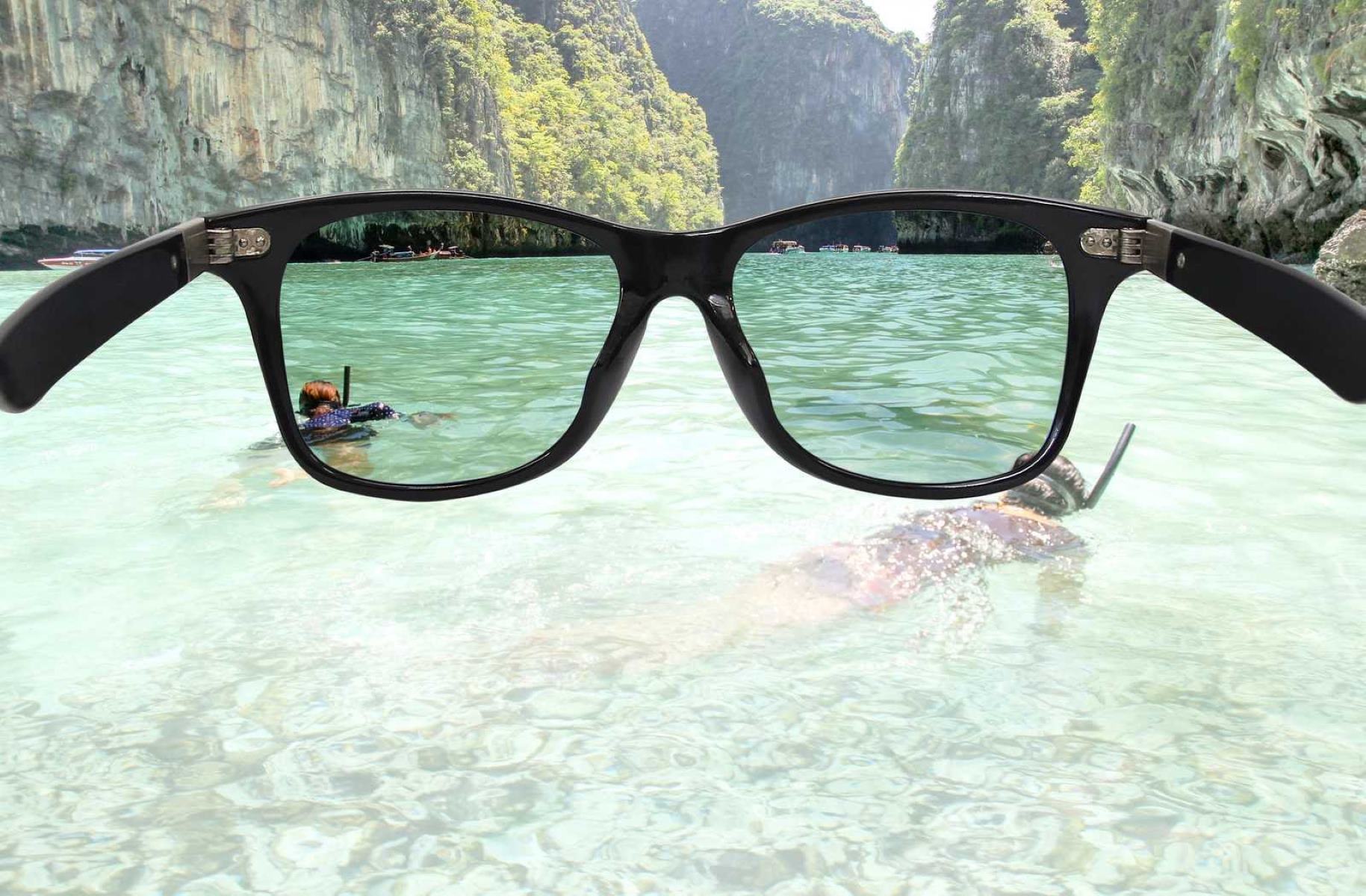
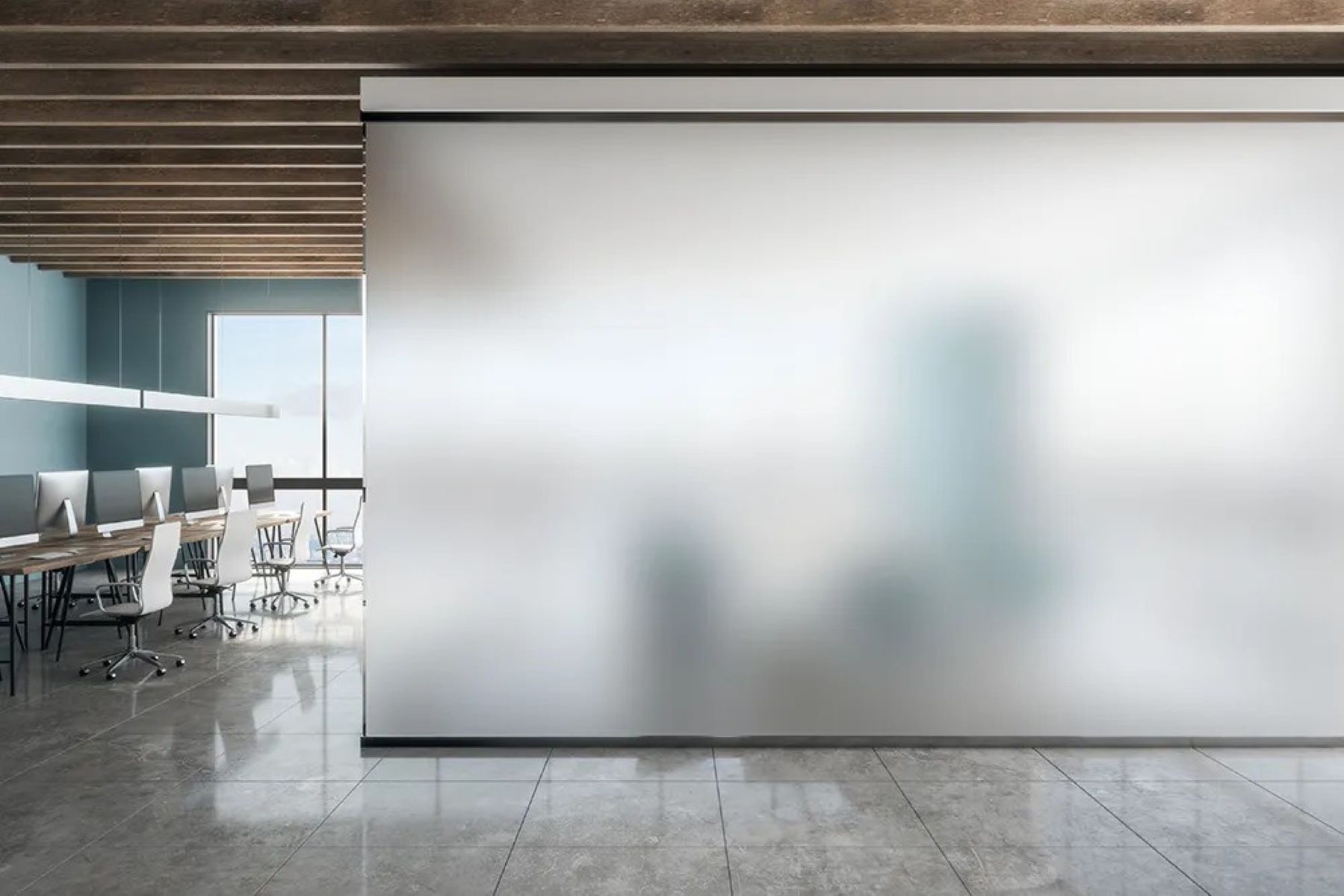







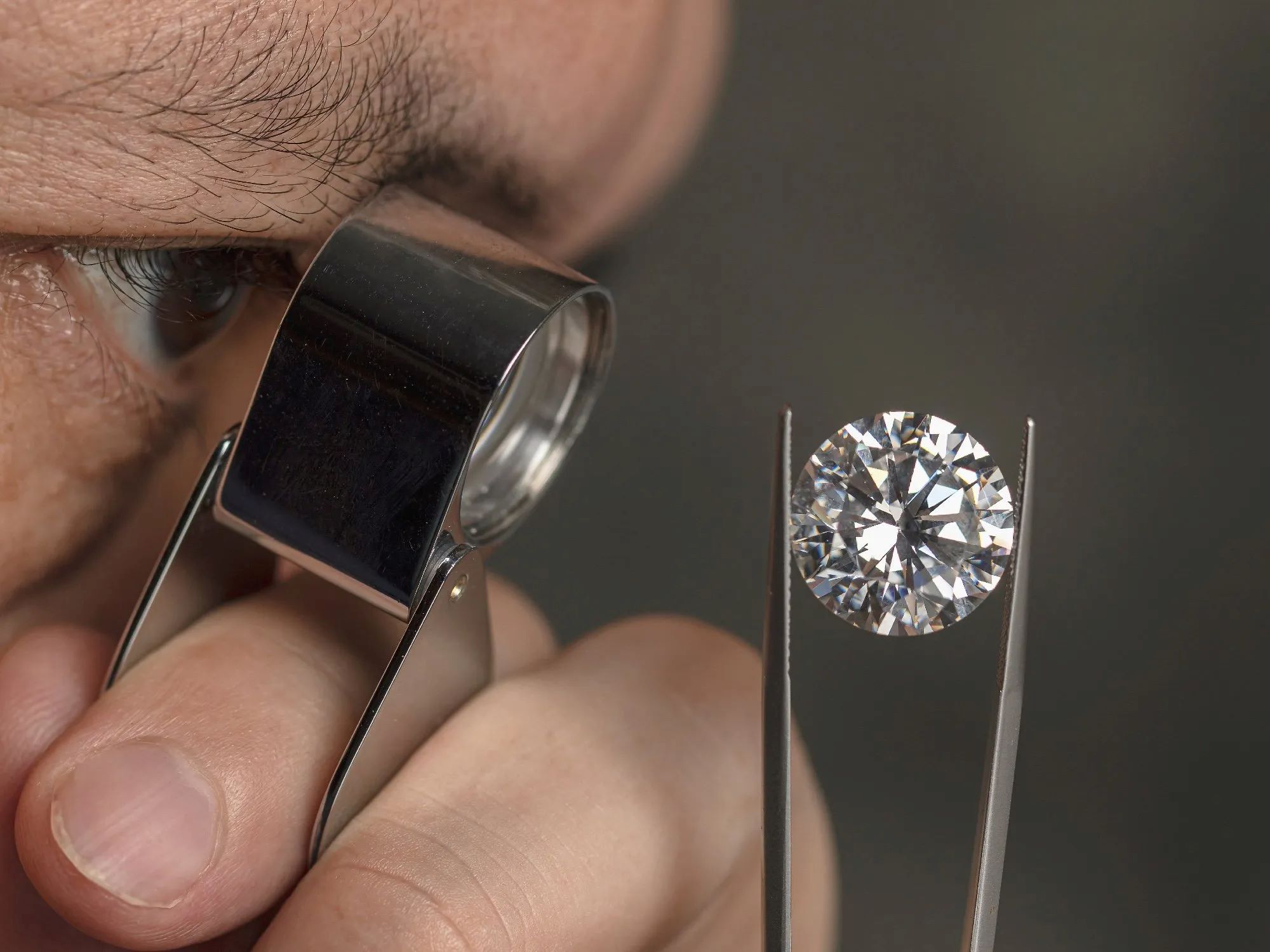

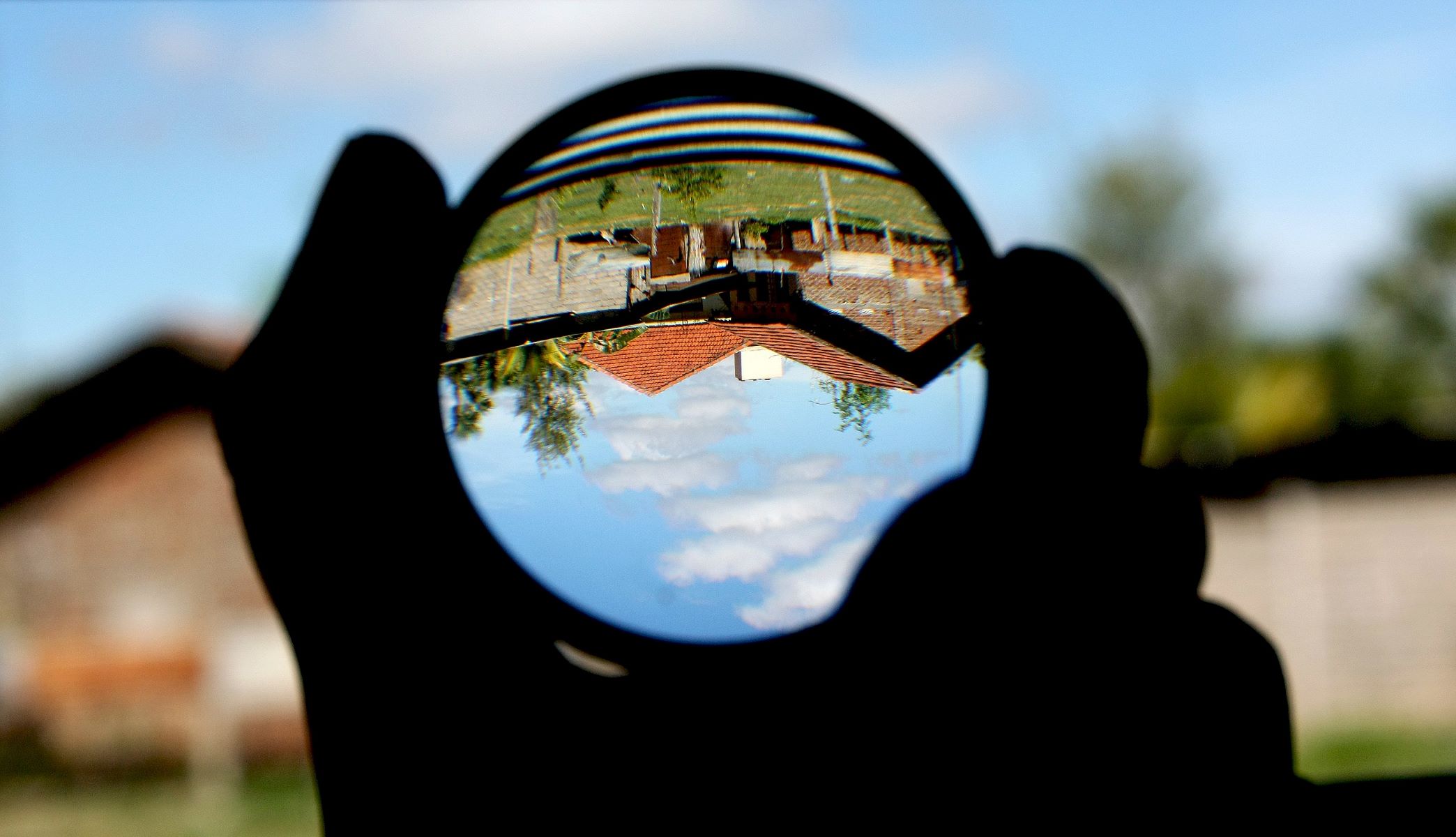



0 thoughts on “How Does A Magnifying Glass Work”